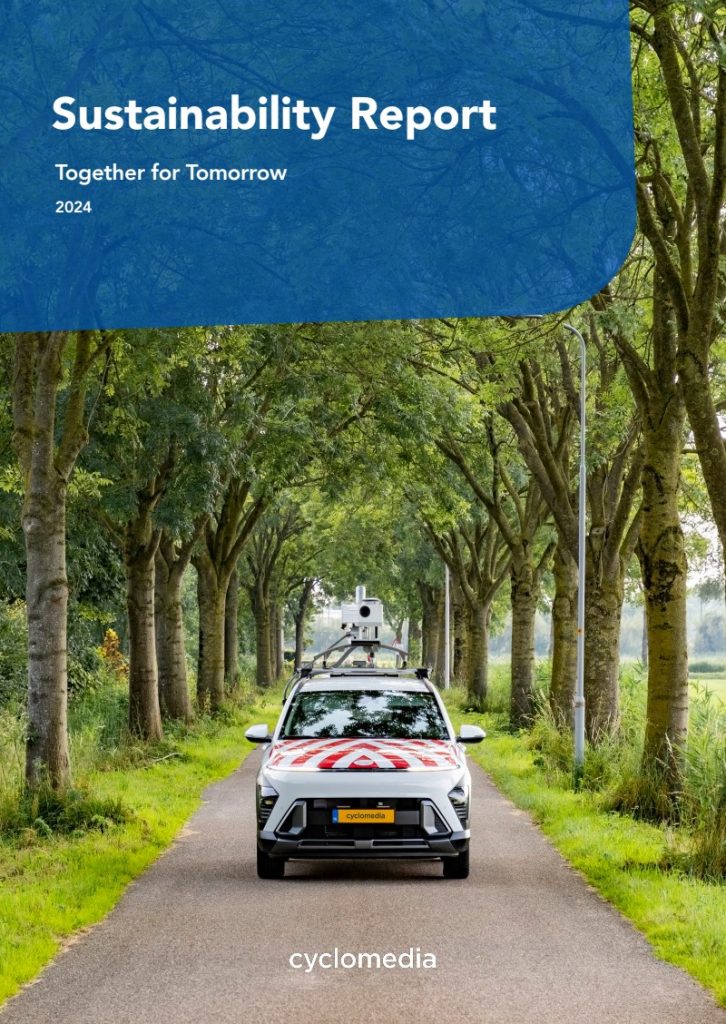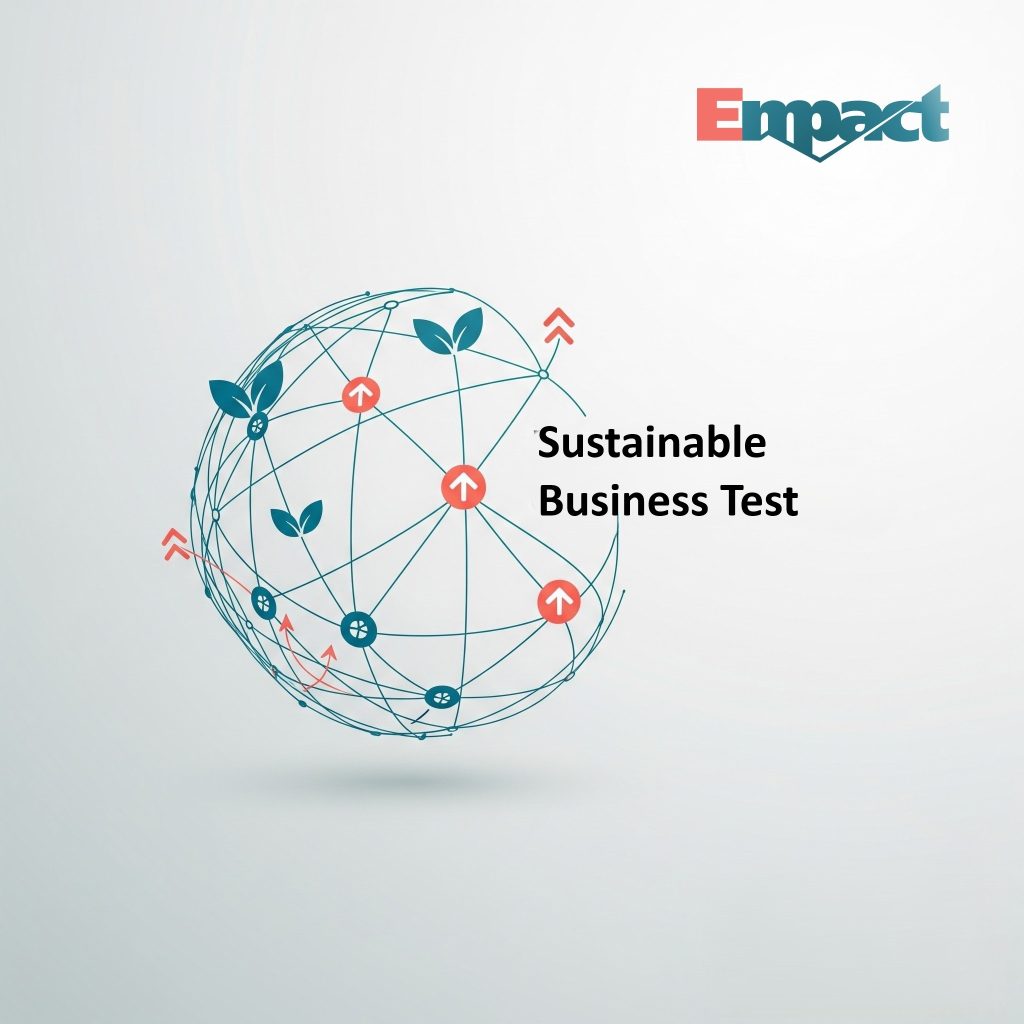Cyclomedia publishes first sustainability report: technology that makes real impact

Cyclomedia Technology has published its first Sustainability Report. In doing so, the Dutch tech company takes an approach that perfectly illustrates what we at Empact believe in: sustainability that goes beyond completing reports. With their Street Smart platform, Cyclomedia helps governments and companies work smarter and more sustainably. Cyclomedia is the company behind the highly […]
The business case for circular economy: from cost to profit model

Circular economy is still often mistakenly seen as an expensive cost. The reality is different: companies that close cycles discover billion-dollar markets, save substantially on raw materials and strengthen their competitive position. And despite all geopolitical bumps, the circular economy continues to grow steadily. Therefore, the question is no longer whether you can afford it, […]
Sustainable business test: find out where your organization stands on sustainability

Sustainability is becoming increasingly important for organizations, but where do you start? And how do you know which steps are best suited to your situation? To help companies with this, Empact has developed the Sustainable Business Test: a practical tool that in a few minutes makes clear where your organization stands and which concrete steps […]
Empact: ESRS revision should strengthen strategic utility, not weaken it

The European Commission is revising the European Sustainability Reporting Standards (ESRS) through the so-called “Omnibus proposals. The aim is to reduce the reporting burden on companies. As an ESG specialist, Empact responded to EFRAG’s public consultation on this revision. Our key message: the revision is going in the wrong direction In our view, the proposed […]
9 Sustainability trends for 2025: These opportunities you need to seize this year

In 2025, sustainability will shift from theoretical concept to practical implementation. Whereas previously the question was often whether an organization should start working with ESG, today it is much more about concrete applications and measurable results. These nine trends show how organizations are refining their approaches: from developing smart value propositions that actually appeal to […]
